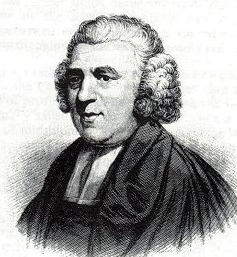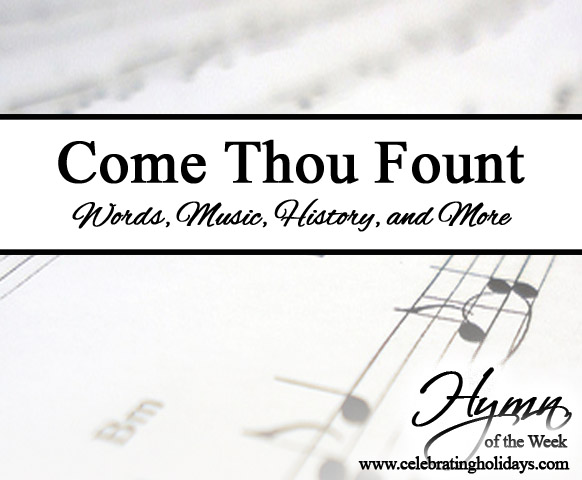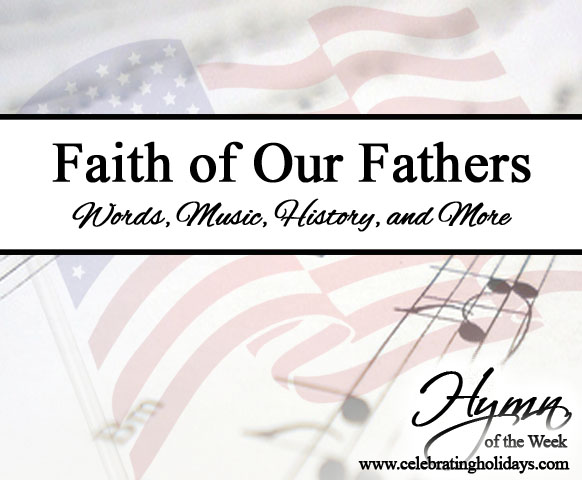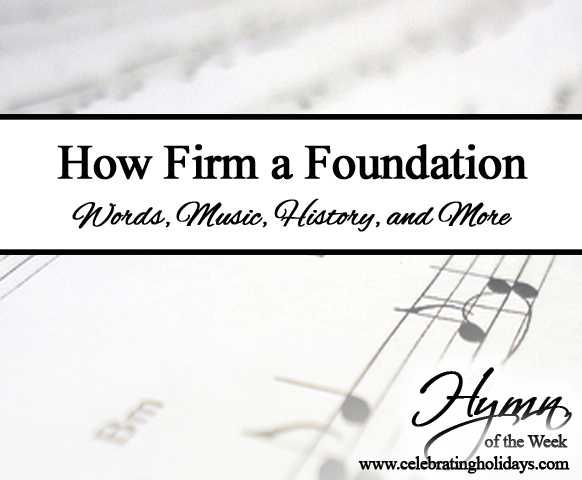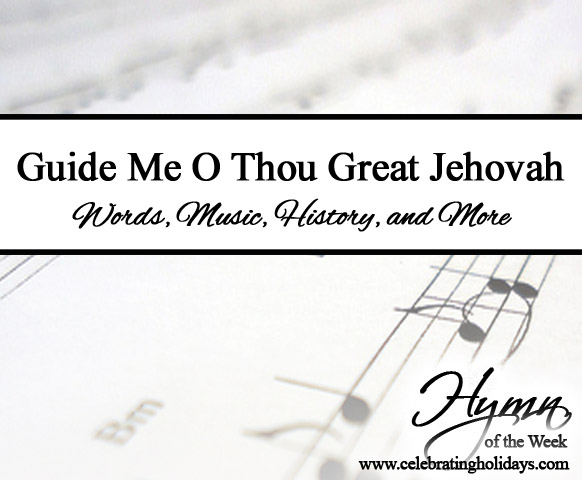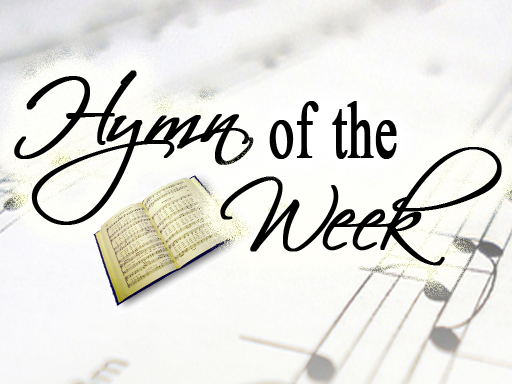Amazing Grace
This page includes a lyric video, history, sheet music, and other resources for the classic hymn “Amazing Grace.” Enjoy!

Enjoy this You Tube video, performed by Chris Tomlin, with lyrics for “Amazing Grace” (and the added chorus: “My Chains Are Gone”). As other options, LeAnn Rimes performs a beautiful acappella version and Celtic Woman performs a traditional bagpipe version.
History of “Amazing Grace”
Words by John Newton (1725-1807), Published in 1779
John Newton was born in London, July 24, 1725. His mother, a devoted Christian woman, died when he was only seven-years-old. At age eleven, after only a few years of schooling, John joined his father (a sea captain who did not share his wife’s faith) on a voyage. According to John’s own testimony, the following years that he spent at sea led to a life of dissipation and wretchedness.
At one point, John was drafted into the Royal Navy — he deserted but was caught, flogged, and humiliated. He spent the following 15 months (half-starved and abused) working for a vicious slave trader whose wife, an African dutchess, treated John like a slave among her other slaves. During this difficult time, he stumbled upon a book called The Imitation of Christ, by Thomas A. Kempis, which is said to have “sown the seeds of his conversion.”1 Finally, in 1748, after enduring a terrifying night at sea (when his vessel was nearly wrecked in a storm), John credited God with saving his life, and his conversion was sealed.
It was six years, however, before John left his job as a slave trader (at the time it was a legal occupation). Finally, in 1754, John abandoned his sea-faring life and took a civil position. For the next nine years, he studied the Bible, as well as Hebrew and Greek (the original languages of the Bible); sometimes he would even preach sermons. In 1764, John was appointed pastor of a church in Olney. His ministry there was tremendously fruitful, and it was during this season that he worked with the poet, William Cowper, to produce the famous Olney Hymns, 1779 (to which he contributed some 280 poems, “Amazing Grace” is one, and Cowper 68).2
In 1780, John left Olney to serve as a pastor in London. In 1788, he finally took steps to publicly acknowledge and denounce the slave trade with which he had been involved. He published a powerful pamphlet titled Thoughts Upon the Slave Trade in which he described the horrific conditions of slave ships. He confessed, “It will always be a subject of humiliating reflection to me, that I was once an active instrument in a business at which my heart now shudders.” John worked closely with William Wilberforce, the leader of the Parliamentary campaign to end the slave trade, and lived to see the passage of The Slave Trade Act of 1807 (which abolished the slave trade in the Britain Empire). John continued to preach at his London church nearly until his death. He was buried in the churchyard, and his gravestone bears an epitaph that he himself wrote:
John Newton, Clerk
Once an infidel and libertine,
A servant of slaves in Africa:
Was by the rich mercy of our Lord and Saviour, Jesus Christ,
Preserved, restored, and pardoned,
And appointed to preach the Faith
He had laboured long to destroy.
Near sixteen years at Olney in Bucks:
And twenty-seven years in this church.3
NOTE: The popular fourth stanza, “When we’ve been there ten thousand years,” is not by Newton. The words were originally set to a different tune by John P. Rees, who probably authored the words as well. The words first appeared with Newton’s hymn in Coronation Hymns, 1910 compiled by Edwin O. Excell.4
Tune “New Britain” (American Folk Tune), Published in 1835
Newton’s words were not originally associated with any particular tune. In fact, 50 years after its publication, as many as 10 different tunes were in use with the hymn. However, in 1835, William Walker of South Carolina “tidied up” an old American folk tune, named it “New Britain,” and set “Amazing Grace” to it for the first time.5 He published it in a collection titled Southern Harmony (which sold an estimated 600,000 copies in the Southern states). By 1844, the hymn was included in a reputable collection called The Sacred Harp, which helped to spread its popularity into the Northern states. “Amazing Grace” is now arguably one of the most popular hymns in history!
Enjoy the below You Tube video that gives some intriguing background on the tune of “Amazing Grace.” Just note that John Newton did not set his words to the tune we use today. However, it is interesting to consider that the hymn, written by an ex-slave trader, was later set to a tune that may have originated with slaves.
Additional Resources for “Amazing Grace”:
Sheet Music (PDF Compliments of Hymnary.org)
Guitar Chords (Links to Ultimate Guitar)
Visit Hymnary.org or Hymn Time.com for more on this hymn.
See our Hymn of the Week page for a list of the hymns that are included on this site.
This page was created by:

We welcome your ideas! If you have suggestions on how to improve this page, please contact us.
You may freely use this content if you cite the source and/or link back to this page.
Sources:
1 Julian, John, editor. Dictionary of Hymnology. Kregel Publications, 1985 (republished 1907 edition), p. 803.
2 Reynolds, William Jensen. Hymns of Our Faith: A Handbook for the Baptist Hymnal. Broadman Press, 1964, pp. 373.
3 Ibid.
4 Ibid, p. 14.
5 Dowley, Tim. Christian Music, A Global History. Fortress Press, 2011. p.124.
